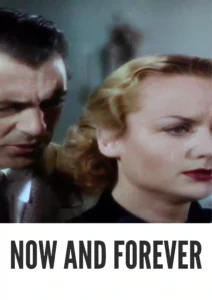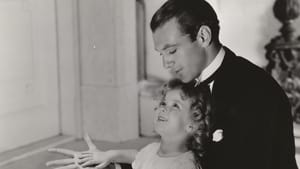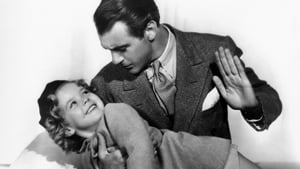Video Sources 0 Views

Download Now and Forever (1934) Colorized HD | Gary Cooper | Romantic Drama
Synopsis
A Mother’s Sacrifice: Now and Forever (1934) in Vibrant Color

Now and Forever, a heartwarming romantic drama from 1934, is now beautifully colorized, offering a viewing experience that enhances its emotional depth. Starring Gary Cooper and Carole Lombard, this film explores themes of love, sacrifice, and redemption in a way that resonates even today. Perfect for fans of classic cinema and those who appreciate stories with profound emotional resonance, this HD download brings a touching story to life with renewed vibrancy.
Now and Forever Storyline: A Tale of Love and Redemption
Now and Forever tells the story of Jerry Day (Gary Cooper), a charming con artist, and Toni Carstairs (Carole Lombard), a sophisticated woman who falls in love with him. Their lives take an unexpected turn when Jerry becomes the temporary guardian of his young daughter, Penelope (Shirley Temple).As Jerry spends time with Penelope, he begins to realize the importance of family and the need to provide a stable life for his daughter. Toni, witnessing this transformation, is torn between her love for Jerry and her concerns about his past. The film explores Jerry’s efforts to reform his ways and become a responsible father, while also navigating the complexities of his relationship with Toni. A pivotal moment occurs when Jerry faces a moral dilemma that tests his newfound commitment to his daughter’s well-being. Ultimately, Now and Forever is a touching story about the redemptive power of love and the sacrifices one makes for family.
Movie Cast
The film features a stellar cast of actors who bring depth and emotion to this classic story:
- Gary Cooper as Jerry Day
- Carole Lombard as Toni Carstairs
- Shirley Temple as Penelope “Penny” Day
- Charlotte Granville as Mrs. Jenson
- Gilbert Emery as James Carstairs
Movie Genre
Now and Forever falls into the genre of romantic drama, with elements of comedy and heartwarming family moments. Its exploration of love, sacrifice, and redemption makes it a timeless classic that appeals to a broad audience.
Historical Context: The Golden Age of Hollywood
Released in 1934, Now and Forever exemplifies the glamour and emotional storytelling of Hollywood’s Golden Age. The film was produced during a time when studios were experimenting with new cinematic techniques and exploring themes that resonated with audiences facing the challenges of the Great Depression. Now and Forever showcases the star power of its leads and the sentimental narratives that defined much of the era’s cinema.
Colorization Details
This colorized version of Now and Forever has been meticulously restored using advanced digital techniques, enhancing its visual appeal while respecting the film’s original emotional depth. The colorization process involved a detailed analysis of the original black and white footage, with careful attention to the nuances of each scene. Modern algorithms were employed to select appropriate colors and enhance image quality, bringing new life to the characters and settings. This painstaking process aims to introduce the film to a wider audience, ensuring its legacy for future generations.
Technical Details
- Director: Henry Hathaway
- Screenplay: Vincent Lawrence
- Story: Melville Baker, Jack Kirkland
- Cinematography: Leon Shamroy
- Edited by: Ellsworth Hoagland
- Production Company: Paramount Pictures
- Distributed by: Paramount Pictures
- Runtime: 81 minutes
Technical Specifications
- Download Format: MP4
- Resolution: HD (1080p)
- Compatibility: Compatible with most devices, including smartphones, tablets, computers, and smart TVs.
Reviews and Critical Reception
Now and Forever (1934) is celebrated for its heartwarming story and the performances of its cast, particularly Shirley Temple, who captivated audiences with her charm. The film’s exploration of love and sacrifice has resonated with viewers for decades, making it a beloved classic of the era.
FAQs
- Q: What is Now and Forever about?
- A: Now and Forever tells the story of a con artist who finds redemption through his love for his daughter and a woman who believes in him.
- Q: Is Now and Forever (1934) considered a classic film?
- A: Yes, Now and Forever is regarded as a classic of Hollywood’s Golden Age, known for its emotional depth and stellar performances.
- Q: Is this version of Now and Forever colorized?
- A: Yes, this version has been professionally colorized to enhance the viewing experience.
- Q: What makes Now and Forever appealing to classic film fans?
- A: Now and Forever offers a touching story about love, sacrifice, and redemption, set against the backdrop of Hollywood’s Golden Age.
- Q: What is the download format?
- A: The download format is MP4, which is compatible with most devices.
- Q: What resolution is the download?
- A: The resolution is HD (1080p), providing a high-quality viewing experience.
Download Now in HD!
Watch Now and Forever Today!















